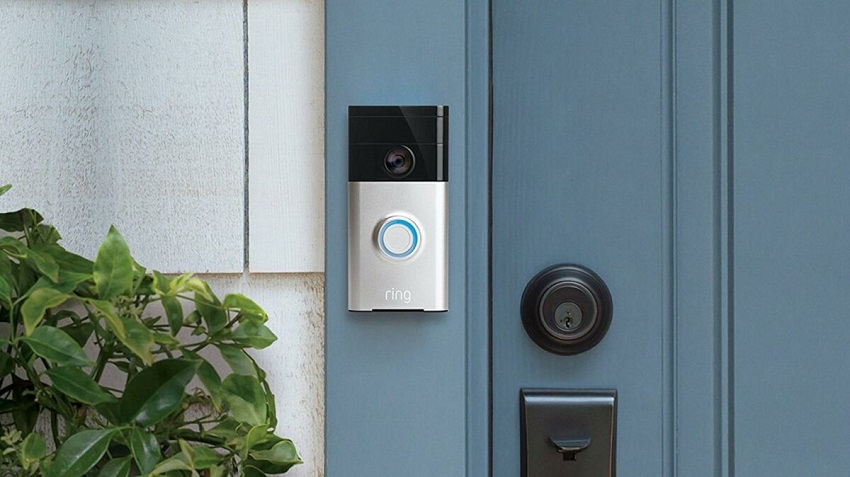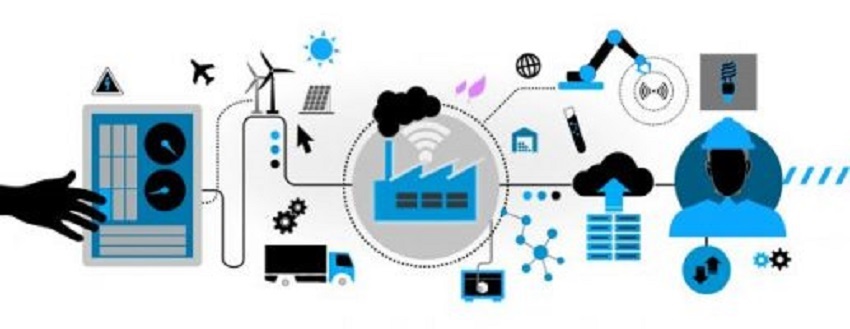Imagine a world where devices communicate effortlessly, seamlessly transferring data and collaborating to enhance our lives. This isn’t science fiction; it’s the fascinating reality of the Internet of Things (IoT). In this article, we’re diving deep into one of the key players in IoT connectivity: IEEE 802.15.4 in IoT. So, grab your virtual passport as we embark on a journey to understand how this technology is revolutionizing the way our devices talk to each other.
What is IEEE 802.15.4? Unpacking the Tech Jargon
Let’s start by decoding the technical language. IEEE 802.15.4 is a set of standards designed to establish low-rate wireless personal area networks (LR-WPANs). In simpler terms, it’s the language that enables your smart thermostat to communicate with your home security system. Explore also how does 5g technology enhance the internet of things.
The Backbone of IoT: Wireless Sensing and Control
At the heart of IoT lies the concept of wireless sensing and control. Think of it as a symphony of devices working together to create harmony in your environment. With IEEE 802.15.4, this symphony becomes more sophisticated, allowing devices to communicate efficiently while consuming minimal energy.
Bringing Efficiency to Connectivity: Low Power Consumption
One of the most remarkable features of IEEE 802.15.4 is its low power consumption. Imagine a sensor on a remote agricultural field. Thanks to this technology, it can transmit essential data to a central hub without draining its battery. This efficiency is a game-changer, making long-lasting battery-operated devices a reality.
Building Strong Foundations: Mesh Topology
Now, let’s talk about the architecture that makes IEEE 802.15.4 even more robust: mesh topology. Think of it as a digital spider web where each node (or device) is a part of the intricate weave. If one node goes down, the network remains unaffected, ensuring uninterrupted communication.
The Power of Flexibility: Scalability
IoT isn’t just about today; it’s about the future. With an ever-growing ecosystem of devices, scalability is crucial. IEEE 802.15.4 provides a flexible framework that accommodates new devices seamlessly. So, whether it’s a smart fridge or an intelligent streetlight, they can join the network effortlessly.
Security: Locking the Virtual Doors
In the world of interconnected devices, security is paramount. IEEE 802.15.4 takes this seriously by offering built-in security mechanisms. It’s like having digital locks and keys to protect your data from unauthorized access.
You might enjoy reading this: How to Reset Google Home: A Step-by-Step Guide
Beyond the Technical: Real-World Applications
Now that we’ve explored the technical aspects, let’s shift gears and look at real-world applications. Imagine a city with smart waste management. Sensors placed in trash bins communicate their fill levels, optimizing waste collection routes. Or consider a smart healthcare system where wearable devices transmit vital signs to healthcare providers in real-time.
Challenges and Opportunities: The Yin and Yang
No technology is without its challenges. IEEE 802.15.4 faces issues like signal interference and limited bandwidth. However, within these challenges lie opportunities for innovation. Engineers and developers are continually finding ways to overcome these hurdles, driving the evolution of IoT connectivity.
The Future Beckons: IEEE 802.15.4 and Beyond
As we gaze into the future, the potential of IEEE 802.15.4 seems limitless. With 5G on the horizon, the already impressive capabilities of this technology could reach new heights. Imagine a world where autonomous vehicles communicate seamlessly with traffic lights and road sensors, revolutionizing transportation.
Conclusion
In this journey through the world of IEEE 802.15.4 in IoT, we’ve uncovered the magic that makes our devices talk to each other. From low power consumption to mesh topology, the technology’s building blocks create a robust foundation for a connected future. As IoT continues to shape our world, IEEE 802.15.4 stands as a testament to the power of innovation and human ingenuity.
FAQs
What is the main purpose of IEEE 802.15.4 in IoT?
IEEE 802.15.4 serves as a set of standards that enable efficient communication between devices in the Internet of Things, emphasizing low power consumption and scalability.
How does mesh topology benefit IoT networks?
Mesh topology enhances network resilience by allowing devices to communicate through multiple paths. This ensures uninterrupted connectivity even if some nodes fail.
Can IEEE 802.15.4-enabled devices communicate with each other exclusively?
While IEEE 802.15.4 provides a standardized communication protocol, devices can also communicate with other technologies, depending on the implementation.
What security measures does IEEE 802.15.4 offer?
IEEE 802.15.4 incorporates security mechanisms like encryption and authentication to protect data from unauthorized access and cyber threats.
What role does IEEE 802.15.4 play in smart cities?
In smart cities, IEEE 802.15.4 facilitates communication between various devices, allowing for efficient management of resources like waste collection and energy consumption.




